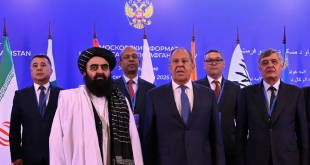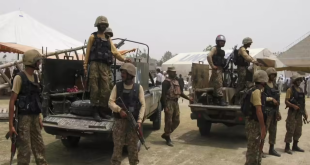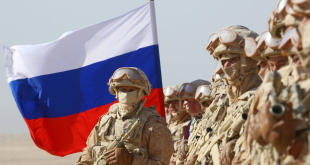KABUL — More than two million Afghans — including around 500,000 children — have returned from Iran, Pakistan, and Central Asia so far this year, in what UNICEF warns is an unprecedented wave of migration threatening to overwhelm Afghanistan’s already fragile humanitarian system.
Ted Chaiban, UNICEF’s Deputy Executive Director for Humanitarian Action, said during his fourth visit to the country that the sheer scale of returns is staggering, with July 4 alone seeing over 50,000 people cross from Iran — the highest single-day figure in 2025. Many arrive with almost nothing, into communities where more than half the population already relies on aid to survive.
At reception centers in Islam Qala and Herat, Chaiban met families facing shortages of food, healthcare, and jobs. UNICEF has reunited more than 6,000 unaccompanied children with relatives this year, but warns that women and children remain at greatest risk. He also urged the Taliban to lift the ban on girls’ education beyond sixth grade, calling it a crippling blow to the country’s future.
UNICEF is appealing to donor nations for urgent funding and pressing Afghanistan, Iran, and Pakistan to ensure repatriations are safe, voluntary, and phased. Without immediate action, Chaiban warned, the mass returns could drive deeper poverty, instability, and desperation.
The International Organization for Migration says more than four million Afghans have returned in the past two years, describing it as one of the largest mass movements in the nation’s recent history — and a growing crisis the world cannot afford to ignore.
 Afghanistan Times Latest News and Analysis from Afghanistan and the Region
Afghanistan Times Latest News and Analysis from Afghanistan and the Region




